Solution to Deepfake (Deepfake Technology)
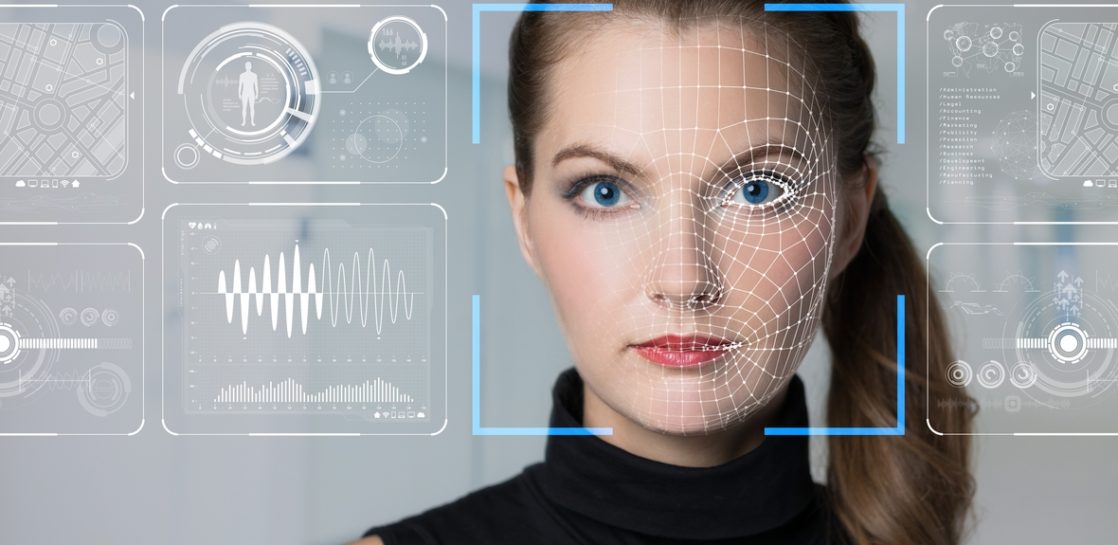
SOLUTION TO DEEPFAKE (DEEPFAKE TECHNOLOGY)
Deepfake technology has indeed become increasingly sophisticated and accessible, raising concerns about its misuse. While it may be challenging to completely eradicate deepfakes, there are several measures that individuals, corporate offices, organizations, and managers can take to mitigate their risks:
MITIGATION AGAINST DEEPFAKE
Mitigating the impact of deepfake technology is indeed a critical concern, and various strategies and technologies have been developed or proposed to address this issue. Here are some common mitigation approaches against deepfakes
-
Detection Algorithms: Developing advanced detection algorithms that can identify the presence of deepfake content in videos, images, or audio. These algorithms often use machine learning and artificial intelligence to analyze subtle inconsistencies in deepfake creations.
-
Blockchain and Watermarking: Using blockchain technology or digital watermarking to verify the authenticity of media content. Watermarks or digital signatures can be embedded in original content to confirm its source and integrity.
-
Media Authentication Standards: Establishing industry standards for media authentication to ensure that media content can be traced back to its source and verified for authenticity.
-
Deepfake Legislation: Introducing legal frameworks and regulations to deter the creation and dissemination of deepfake content. These laws may include penalties for malicious use of deepfake technology.
-
Forensic Analysis: Conducting forensic analysis of media content to determine its authenticity. Digital forensics experts can examine metadata, image quality, and other factors to identify manipulated content.
-
Education and Awareness: Raising public awareness about the existence of deepfake technology and its potential for misuse. Educating individuals on how to identify deepfakes and exercise caution when consuming media content.
-
Media Literacy: Promoting media literacy and critical thinking skills to help individuals better discern between real and manipulated content.
-
Verification Tools: Developing tools and platforms that allow users to verify the authenticity of media content. These tools can range from browser extensions to mobile apps.
-
Authentication Techniques: Exploring novel authentication techniques, such as using biometrics or secure hardware, to ensure the authenticity of media content.
-
Collaboration with Tech Companies: Encouraging collaboration between tech companies, social media platforms, and researchers to combat the spread of deepfake content and develop solutions for detection and prevention.
What are the recommended measure for individuals, corporate offices and organizations, managers can take to be on the safe side against deepfake attacks?
Protecting against deepfake attacks requires a combination of technical measures, awareness, and proactive security practices. Here are recommended measures for individuals, corporate offices, organizations, and managers to safeguard against deepfake attacks:
For Individuals:
-
Education and Awareness:
- Stay informed about the existence and risks of deepfake technology.
- Be cautious when consuming media online, especially if it seems suspicious or too good to be true.
-
Verify Sources:
- Double-check the credibility of the sources and the authenticity of the content before sharing or believing it.
-
Use Strong Authentication:
- Enable two-factor authentication (2FA) wherever possible to protect your online accounts.
-
Update Privacy Settings:
- Review and update privacy settings on social media platforms to limit access to personal information.
-
Secure Devices:
- Keep your devices and software up to date with the latest security patches.
- Use reputable antivirus and anti-malware software.
-
Be Cautious with Personal Information:
- Be cautious about sharing personal information, even with seemingly trustworthy sources.
-
Report Suspected Deepfakes:
- Report deepfake content to the platform hosting it or relevant authorities.
For Corporate Offices and Organizations:
-
Employee Training:
- Conduct cybersecurity training for employees to raise awareness about deepfake threats and teach them to recognize potential risks.
-
Email Authentication:
- Implement email authentication protocols like DMARC to prevent phishing attacks that may use deepfake content.
-
Access Control:
- Employ strict access control measures to limit who can access sensitive data and systems.
-
Multi-Factor Authentication (MFA):
- Enforce MFA for accessing critical systems and data.
-
Deepfake Detection Tools:
- Invest in deepfake detection software and tools to scan for suspicious content.
-
Security Policies:
- Develop and enforce security policies that address deepfake threats and provide guidelines for handling suspicious content.
-
Incident Response Plan:
- Create an incident response plan that includes procedures for identifying and mitigating deepfake attacks.
For Managers:
-
Leadership and Culture:
- Foster a cybersecurity-aware culture within the organization by setting an example and emphasizing the importance of security.
-
Risk Assessment:
- Regularly assess the organization’s risk exposure to deepfake attacks.
-
Security Investments:
- Allocate resources to invest in cybersecurity technologies and personnel.
-
Collaboration:
- Collaborate with IT and security teams to develop and implement effective security measures.
-
Testing and Drills:
- Conduct periodic security drills and testing to evaluate the organization’s readiness to respond to deepfake incidents.
-
Legal and Ethical Considerations:
- Stay informed about legal and ethical considerations related to deepfake technology, as it may vary by jurisdiction.
Remember that the threat landscape is continually evolving, and staying vigilant and adaptive is crucial to defending against deepfake attacks. Regularly review and update your security measures to address emerging threats.
SUMMARY
It’s important to note that deepfake technology is continually evolving, and so are the mitigation strategies. Therefore, a multi-pronged approach involving technology, legislation, education, and collaboration is necessary to effectively address the challenges posed by deepfakes.
To stay up-to-date on the latest developments and mitigation efforts against deepfakes, it’s advisable to follow news from reputable sources, academic research in the field of computer science and cybersecurity, and the work of organizations focused on digital security and media integrity.
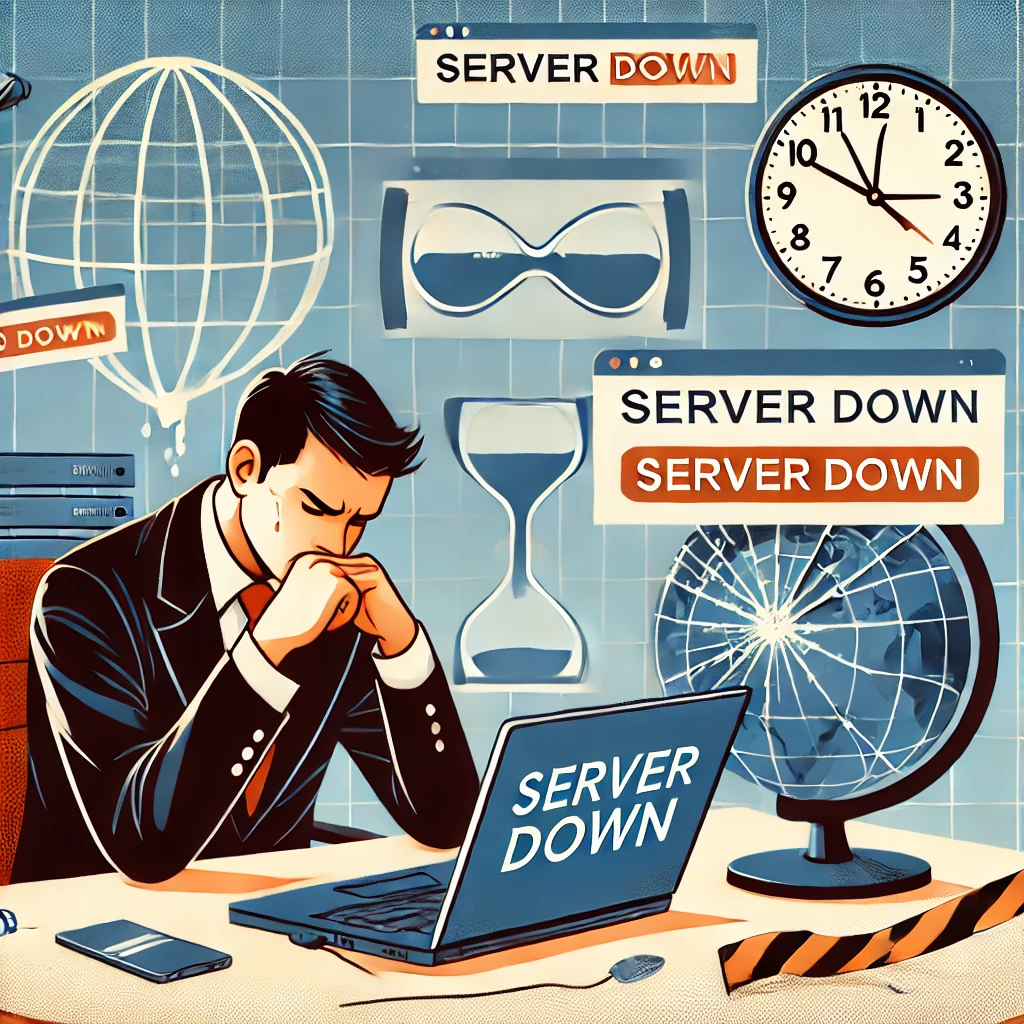
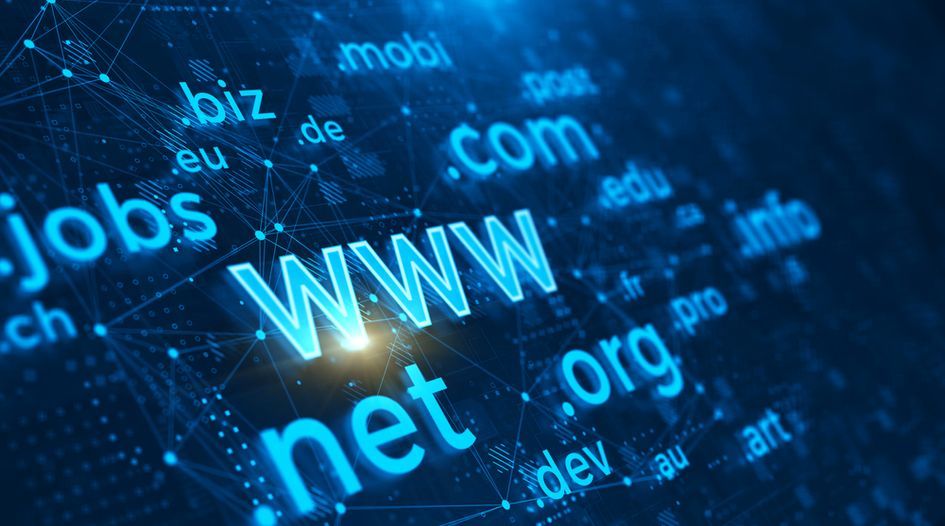

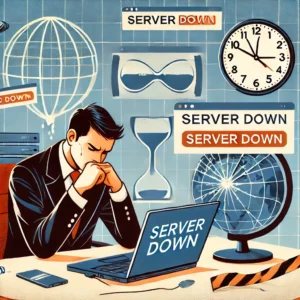





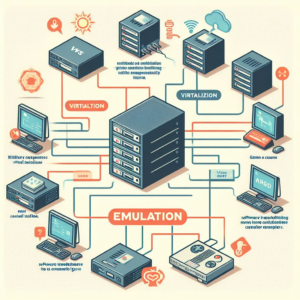



Post Comment